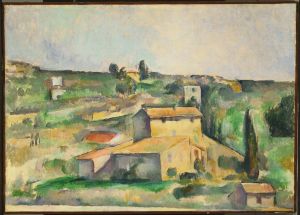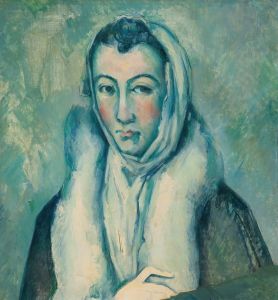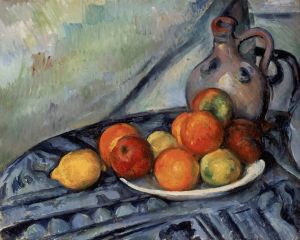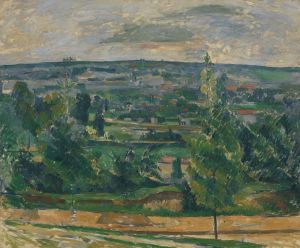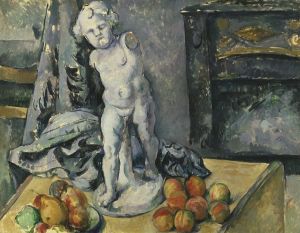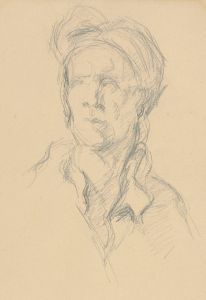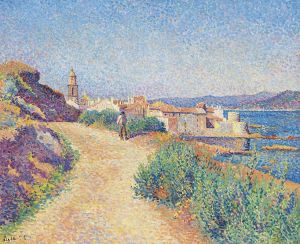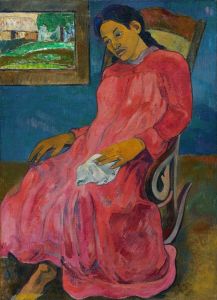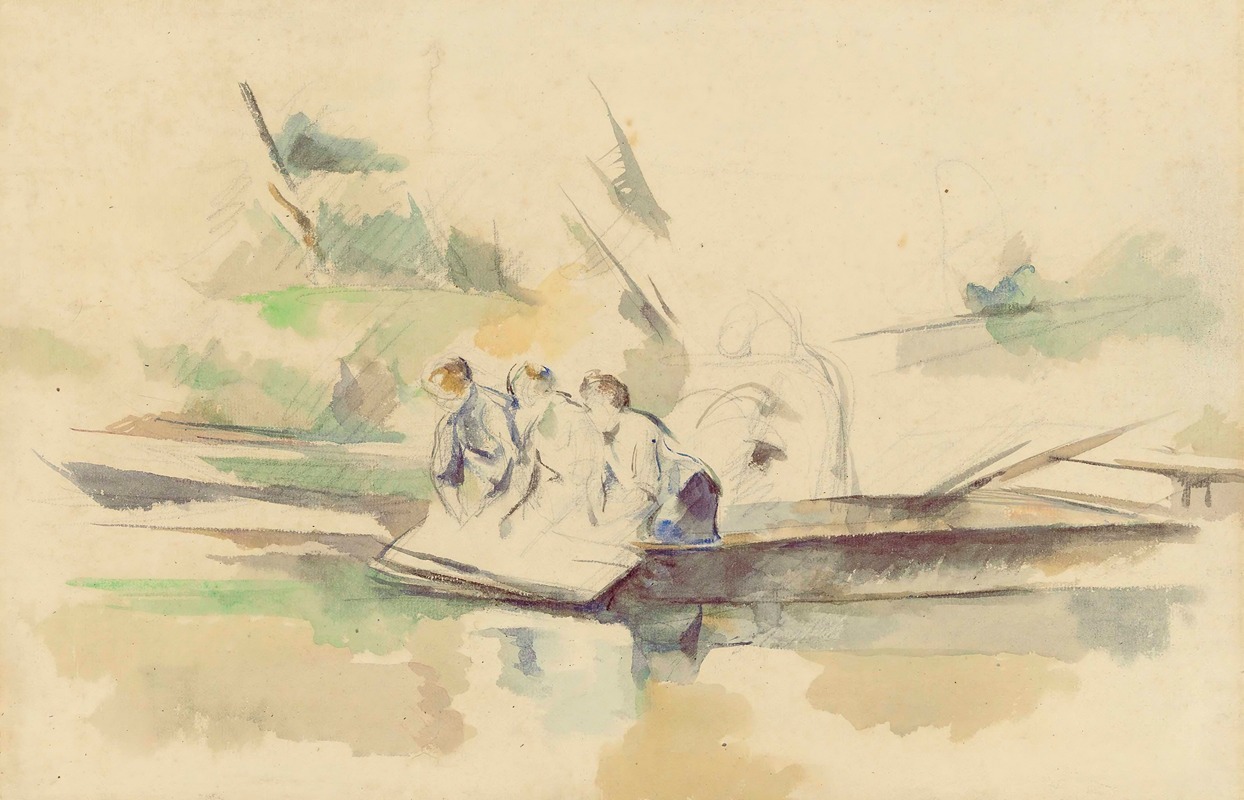
Laveuses
A hand-painted replica of Paul Cézanne’s masterpiece Laveuses, meticulously crafted by professional artists to capture the true essence of the original. Each piece is created with museum-quality canvas and rare mineral pigments, carefully painted by experienced artists with delicate brushstrokes and rich, layered colors to perfectly recreate the texture of the original artwork. Unlike machine-printed reproductions, this hand-painted version brings the painting to life, infused with the artist’s emotions and skill in every stroke. Whether for personal collection or home decoration, it instantly elevates the artistic atmosphere of any space.
Paul Cézanne's Laveuses (translated as The Washerwomen) is a painting created by the French Post-Impressionist artist, widely regarded as one of the most influential figures in the transition from 19th-century Impressionism to 20th-century modern art. The artwork depicts a group of women engaged in the act of washing clothes, a common and labor-intensive domestic task of the time. The painting reflects Cézanne's interest in everyday life and his ability to elevate seemingly mundane activities into subjects of artistic exploration.
The exact date of creation for Laveuses is not definitively known, but it is generally attributed to the later period of Cézanne's career, likely in the 1890s or early 1900s. This was a time when Cézanne was deeply focused on exploring form, structure, and the interplay of color in his work. His approach to painting during this period moved away from the fleeting effects of light and atmosphere emphasized by the Impressionists, instead emphasizing a more deliberate and structured composition.
In Laveuses, Cézanne employs his characteristic use of geometric forms and subtle tonal variations to depict the figures and their surroundings. The washerwomen are shown in a natural setting, possibly near a river or stream, with the landscape playing a significant role in the composition. The figures are integrated into the environment, reflecting Cézanne's interest in harmonizing human activity with the natural world. The brushwork is deliberate and textured, creating a sense of solidity and permanence.
The painting is notable for its subdued yet rich color palette, which includes earthy tones and muted greens and blues. This restrained use of color contributes to the overall sense of calm and timelessness in the scene. Cézanne's treatment of the figures is also characteristic of his style, with the washerwomen rendered in a way that emphasizes their physicality and connection to the landscape rather than individual identity or emotion.
While Laveuses is not as widely recognized as some of Cézanne's other works, such as his series of Mont Sainte-Victoire landscapes or The Card Players, it remains an important example of his ability to find beauty and significance in ordinary subjects. The painting reflects Cézanne's dedication to capturing the essence of his subjects through a meticulous and innovative approach to composition and technique.
The current location of Laveuses is not definitively documented in public records, and it is unclear whether the painting resides in a museum, private collection, or other institution. As with many of Cézanne's works, it continues to be studied and appreciated for its contribution to the development of modern art.





